Strategic Petroleum Reserve
Bayou Choctaw, Louisiana
Just south of the crook of the L-shape that forms Louisiana is the Bayou Choctaw Strategic Petroleum Reserves. The storage of 71.8 million barrels of oil owned by the US Federal Government occurs in the Bayou Choctaw salt dome.

This site is one of four, with a total of 60 caverns within salt domes along the gulf coast. The typical cavern holds 10 million barrels, is irregularly cylindrical in shape, and has a diameter of 200’ and a height of 2,500’. [1] Filling these naturally-occurring tanks with crude is, according to the Department of Energy, the lowest cost way to store oil for long periods of time.
Caverns: Salty Geology
![]() The geologic storage containers are within the salt dome, below a caprock. Near the surface, the sediments are of the Pleistocene through Holocene ages. The salt dome penetrates Mesozoic through Quaternary sediments, displacing overlying sediments. By injecting fresh water into the salt dome, the salt dissolves to create caverns. [2] In 1975, the Energy Policy and Conservation act provided for the creation of salt caverns.
The geologic storage containers are within the salt dome, below a caprock. Near the surface, the sediments are of the Pleistocene through Holocene ages. The salt dome penetrates Mesozoic through Quaternary sediments, displacing overlying sediments. By injecting fresh water into the salt dome, the salt dissolves to create caverns. [2] In 1975, the Energy Policy and Conservation act provided for the creation of salt caverns.

System of Strategic Petrolem Reserves (SPR) and Oil Crises
In 1973 the Yom Kippur War, an act of aggression by Egypt and Syria on Israel, threatened larger global unrest with the disruption of the fossil economy. [3] The United States sent aid to Israel in the form of weapons, provoking an embargo on oil exports from several Middle Eastern countries to the United States. The Energy Crisis of 1973 was on. The United States expected an oil shortage of 10-17%. [4] Like a tidy supply-demand chart, prices rose as Americans faced long lines at the gas pump. The US’s dependence on oil changed time: the Emergency Daylight Saving Time Energy Conservation Act of 1973 sent the country into a year’s worth of dark mornings for an estimated 1% saving in daily demand for energy. [5] The Energy Conservation Act also asked individuals, companies, and government bodies to partake in their share of saving the environment.

The Energy Crisis of 1973 changed America and Americans. For the first time, Americans experienced a personal burden of saving the environment. The Energy Conservation Act made consumers geo-political agents, but by shifting the burden onto the consumer,the role of energy producers is obscured. By the time I flip on a light, the combustion of fossil into electricity has already taken place - somewhere else, in the hidden abode of production. [6]
Nixon announced that, by the end of the decade, the United States was to be reliant only on domestic oil. This goal was missed and the cause taken up again by Jimmy Carter, announcing his goal for the nation to be “independent of foreign sources of energy by 1985.” This effort, for so-called “energy independence”, guides the federal government to this day.

In 1975, the Strategic Petroleum Reserve was established. The newly-formed Department of Energy set up a failsafe for the nation’s reserves of crude oil. America was free to act on the global stage, able to partake in invasion, conflict, and geo-politics acts of aggression as long as the tanks were full.
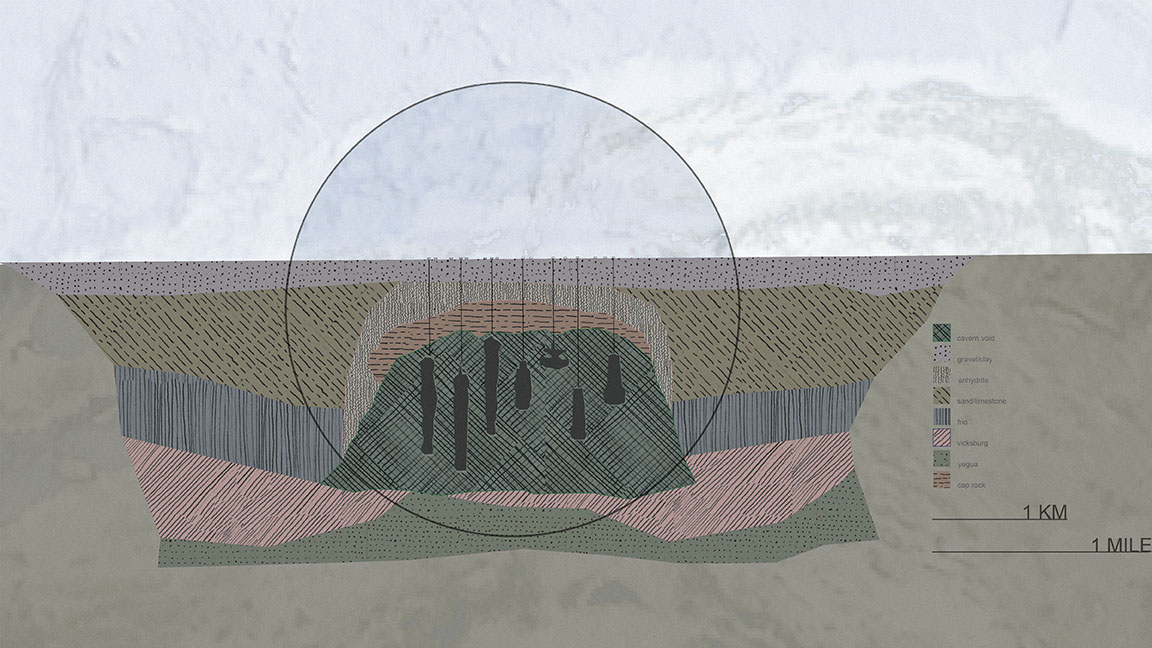
War in the Middle East, featuring US aggression, has continued since then. The global demand for oil was exponentially increasing. Keynesian economics led a “full frontal attack on political experimentation”. These efforts worked and by 2000, pro-corporate ideology and “unsustainably rising global standards of consumption” were all that remained [7]
In 2001, Bush ordered the filling of the SPR to 700 million barrels with the Royalty-in-Kind program (est 1999). The new program allowed companies drilling the federally-owned oceanic continental shelf to pay royalties in the form of crude oil deposited in the SPR. Throughout the Bush presidency and multiple wars, oil prices skyrocketed, reminding American Boomers of the 1970s and reiterating that the nation was still dependent on foreign oil. This dependence, and high oil price, incentivized innovation; the invention of hydraulic fracturing (fracking) opened new resource frontiers and reactivated old ones. [8] The dream of oil independence seemed attainable again.
Fracking is blasting the deep layers of geology with brine, squeezing open new deposits of fossil capital. [9] This injection disrupts layers of time, recorded in rock, as capital produces new cheap nature. [10] Through the repeated adjustments of daylight saving, the government is continually fiddling with daily human chronology; through millions of oil wells, fossil capital is fiddling with Planetary Chronology.
Infrastructure subsumes Morrisonville

Bayou Choctaw is one of four federal Strategic Petroleum Reserves. The 346-acre plot of land for Bayou Choctaw SPR, the salt dome below it, and the constellation of salt caverns was acquired by the Department of Energy in April 1977. This stretch of the Mississippi River between Baton Rouge and New Orleans is known as Cancer Alley, due to the high number of cancer patients, and petrochemical production and storage. By the time the SPR opened in 1987, the nearby town of Morrisonville, Louisiana, had discovered chemical pollutants in the town’s wells. The nearby Dow Chemical Company bought up the majority-black town of Morrisonville, and relocated residents in 1990. Twenty families refused to move. [11]
![]()
![]()
![]()
![]()
![]()
![]()
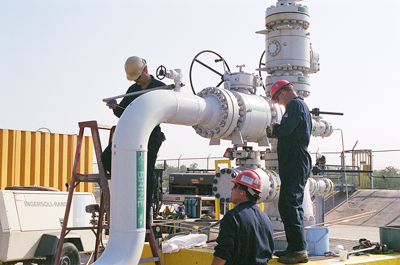

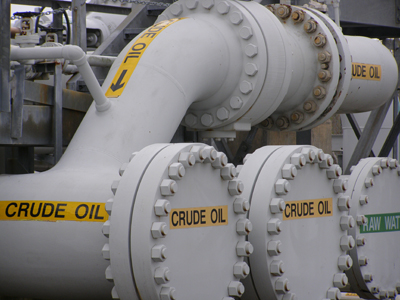

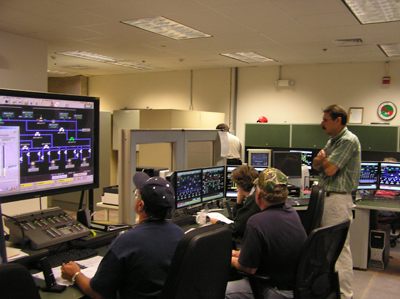


The Gulf Coast contains a laterally persistent subsurface rock unit known as Louann Salt. There are likely over 500 salt domes in this area, but Bayou Choctaw was chosen - at the expense of Morrisonville.
Bayou Choctaw would link to the St. James Terminal on the Mississippi River, the source of the oil from offshore wells. The output of the SPR is through the Capline Complex, a 40” wide pipeline that bisects the country, from Louisiana to refineries in the Upper Midwest at a cost of $1.5million per mile [12]. The Capline Complex would be used to distribute the oil in the event of a drawdown. [13]
The development of transport infrastructure linking to storage infrastructure is a concrete image of fossil capital, real enough to protest against, and to identify the role of inertia in fossil capital. [14] Inertia describes the complex system of environmental degradation at the hands of fossil capital. When fixed capital (the infrastructure) is purchased, the purchaser is obliged to use it until its value is fully retrieved. [15] The fallacy of sunk cost into Strategic Petroleum Reserves (the network of pipelines, the petrochemical poisoning of neighboring towns, and, indirectly, the thousands of lives lost in wars over oil) means that the petroculture underlying American foreign and domestic policy will stubbornly, like a heavy rock, remain in place.
COVID-19
It seemed no alternative to petroculture existed until very recently. Sometime between Super Tuesday and April 4th, when the cumulative number of COVID-19 cases surpassed 1 million, it seemed that there would be no future. If there were, it could not continue to be business as usual. We lost the plot, and lost the belief that a future of capitalist consumption, powered by fossil fuels, was certain. [16]
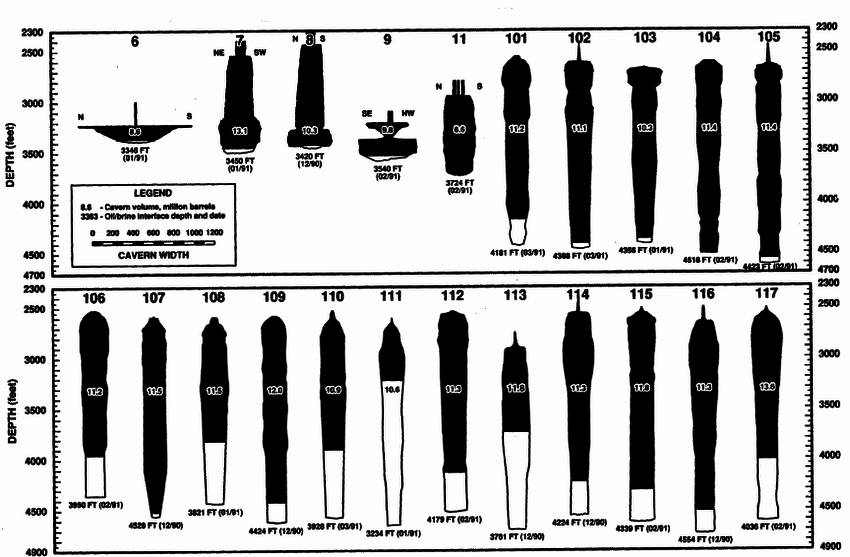
On March 19, President Trump directed the Department of Energy to fill the Strategic Petroleum Reserve to maximum capacity. Congress did not approve funds for the purchase of the oil necessary to fill the tanks. Depressed demand and a flooded market shocked the American oil producers, who were faced with extreme excesses of oil.
Wells continued to pump despite the fact that the crude released has nowhere to go. The central commercial storage hub in Cushing, Ohio, reached capacity.
Feuding OPEC and Russia refused to halt production - the mismatch of supply and demand caused by pandemic, exacerbated by the saturation of processing and refining plants, was an excellent time for producers to flood the market with the hopes of gaining market shares. On April 1, Trump announced plans to lease out space within the Strategic Petroleum Reserves for US oil producers to store crude - saving it so they could sell the barrels when the economy ‘opens up again.’ [17] The belief in continuous growth is back. Bets were placed that the future will be better than the present.
On April 20, the price of oil dipped below zero. This was the first time ever that the commodity reached a negative price, and producers theoretically had to pay for the oil to be taken off their hands (and put into storage). This was the last day of trading for May WTI oil futures; the promise of delivery of barrels of oil in the future. It was this time limit, in conjunction with the flooded market, that plunged the fossil fuel economy into negative. Depressed demand exacerbated this, certainly, but broadcasters focused on the lack of consumption. Americans, previously asked to cut back on their energy consumption, were now at fault for not consuming enough energy.
On April 24, Steve Mnuchin said that taking equity stakes in American oil was “not off the table”, in order to force producers to scale back. This gesture towards nationalizing the oil economy in the United States is surprising in the sense of GOP ideology, but in petroculture, the nation will do anything for energy independence. The promise of independence comes with a promise of stability for oil producers and oil consumers, and the promise that we will continue to depend on oil. And we will depend on it fiercely, it is ours.
On April 28, American oil producers began sending oil to the Strategic Petroleum Reserves for storage. Nine companies will lease space for 1.1 million barrels of crude, less than 5% of the average amount of oil consumed per day in the nation. [18]





As May began, Putin announced plans to discuss coordinating the slowing of production with OPEC. The Strategic Petroleum Reserves are nearing their capacity. Emissions fluctuate as the virus travels from country to country, with stacks roaring back to life after months of standing cold in China and Italy. The record of COVID will be stored in the geology as relocation of crude for storage, extraction ramped up or slowed down due to geo-political economic feuds, and piles of bio-material that build up as supply chains break down (potatoes in Idaho, hogs in Minnesota) and death tolls rise.
GEO-POLITICS
Geo-politics usually acts within geography, the fickle and mutable cartographic measure of the world. A new geo-politic is acting not in plan, but in section, as geology affects the political. Arendt’s politics are the public debate by the community about their shared life; modern geo-politics are the backroom debate by politics and oil producers about their shared economy. This petro-dependency created a network of punctures, from the salt caverns to HDD capillary lines to hydraulic fractures, that pierce the crust of the earth. This infrastructure enacts the politics of geology.

The geo-temporal event at hand, now being entered into the archive of the recent past, was the chance collision of COVID-19 and OPEC’s increased production. It is being recorded in the Strategic Petroleum Reserves, in the atmosphere of temporarily-pollution-free cities, and in the oil that is stuck on the surface of earth, having been disturbed from deep time and brought into the present.
